Many people love to eat raw fish salad, sushi, sashimi… made from raw fish and seafood. However, dishes made from raw ingredients have a very high risk of bacterial contamination.
Risk of infection, bacteria and how to detect it
Nowadays, due to the high rate of environmental pollution, especially water pollution, organisms in rivers and seas carry a large amount of toxic chemicals. Scientists have discovered that raw fish contains many harmful bacteria and parasites such as listeria, vibrio, clostridium, salmonella and worms.
And if you eat foods containing bacteria and parasites, it is very easy to get infected, especially for people with weak immune systems such as the elderly, children and people with HIV.
- Risk of infection with worms from raw or undercooked seafood
Eating raw or undercooked seafood can cause infection with worms. Scientists have found the parasite is commonly found in cod, salmon, herring, and halibut.
Many studies have shown that eating raw or undercooked fish can cause Anisakiasis – a parasitic infection caused by worms. Anisakis is a genus of roundworms, a cyclic parasite that infects certain fish and marine mammals.
They infect humans and cause Anisakiasis. When infected, the patient may experience severe abdominal pain, nausea and vomiting within a few hours of eating. The worms can even burrow into the intestinal wall, causing a local immune response or inflammation in the intestine.
If you eat foods containing bacteria or parasites, you are very susceptible to bacterial infection.
- Risk of Vibrio infection
Eating raw or undercooked fish and shellfish, especially raw oysters, can easily lead to Vibrio bacteria. Infection can cause symptoms such as diarrhea, abdominal cramps, nausea, vomiting, headache, fever and chills.
Vibrio vulnificus is a type of bacteria that lives in saltwater and brackish water. People with underlying diseases such as diabetes and immunodeficiency are susceptible to this type of bacteria. This type of disease is easily confused with other types of sepsis such as streptococcus suis, meningococcus, staphylococcus, streptococcus, etc. Currently, Vibrio has been confirmed as the cause of many food poisoning cases due to eating sea fish and seafood.
Symptoms can become severe in people with liver disease or weakened immune systems, where bacteria can enter the bloodstream, causing a life-threatening systemic infection.
Raw seafood, unpasteurized milk, raw sprouts, and some foods may be contaminated with the bacteria Listeria monocytogenes.
- Risk of Listeriosis infection
Eating raw seafood, unpasteurized milk, raw sprouts and some foods can be contaminated with Listeria monocytogenes bacteria. What is more worrying is that Listeria infection is very dangerous in the following cases: pregnant women, newborns (bacteria can be transmitted through the placenta), people over 65 years old, people with weakened immune systems.
Symptoms of the disease usually begin to appear a few days after eating/drinking contaminated food. However, in some cases the incubation period can last up to 2 months before the first signs of the disease appear.
Common symptoms of the disease include: diarrhea, mild fever, nausea, vomiting, muscle aches, chills or shivering, sometimes flu-like symptoms. If Listeria infection occurs in the nervous system, the symptoms are often more severe, leading to encephalitis, meningitis and sepsis in newborns and adults, and causing miscarriage in pregnant women.
Any fresh food of animal origin is at risk of bacterial contamination. Listeria monocytogenes is particularly prevalent in milk, dairy products that are not properly refrigerated, soft cheeses; it is also found in pate, fresh or frozen meat, poultry, fresh vegetables, shrimp, crab, etc.
- Risk of salmonella infection
Salmonella bacteria can be found in a number of different food sources such as: meat, eggs, some vegetables and raw fish including salmon and tuna... This is a type of bacteria that can cause gastrointestinal illness.
Salmonella bacteria are one of the four major causes of diarrhea worldwide . Most cases of salmonellosis are mild, but sometimes the disease is life-threatening. The severity of the disease depends on host factors and the Salmonella serotype.
Doctor's advice
To prevent infection, bacteria need hygienic and safe eating habits. Specifically:
- Keep fresh meat separate from vegetables and other ready-to-eat foods. After purchase, it should be stored properly and promptly.
- Wash your hands before and after preparing food. Wash vegetables and fruits under running water.
- Cook, refrigerate, and freeze meat, poultry, eggs, fish, and other fresh foods properly.
- Food should be thoroughly cooked, paying attention to the risk of food poisoning from raw fish (including sushi, sashimi), mussels, and oysters.
If you choose to eat sushi or sashimi made from raw fish, make sure the fish has been safely frozen (-35°C). It is best to choose a reputable address with a clear origin to ensure safety.
According to SK&DS
Source


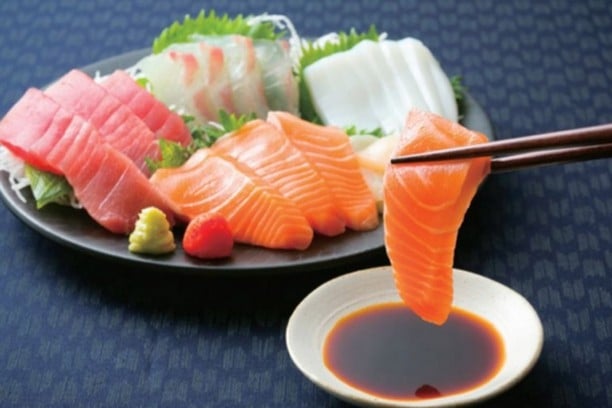
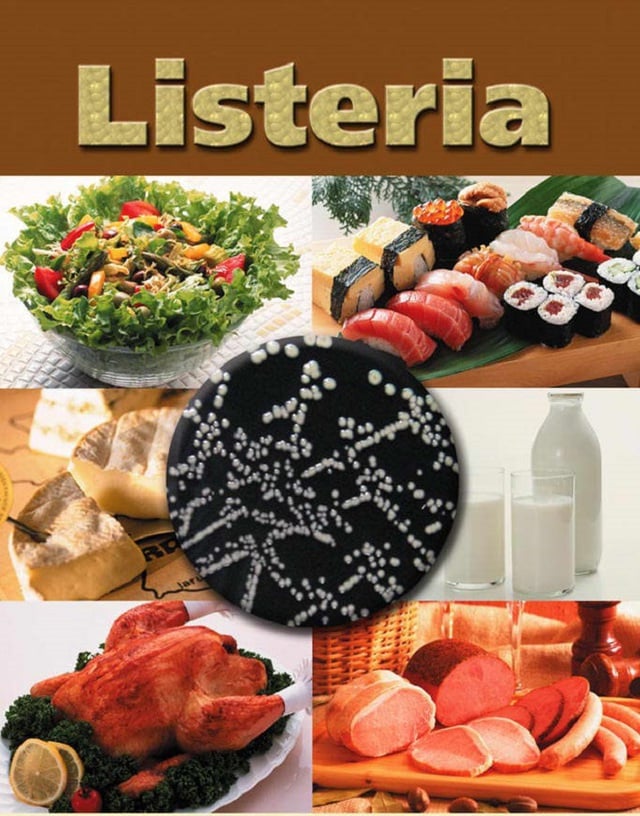

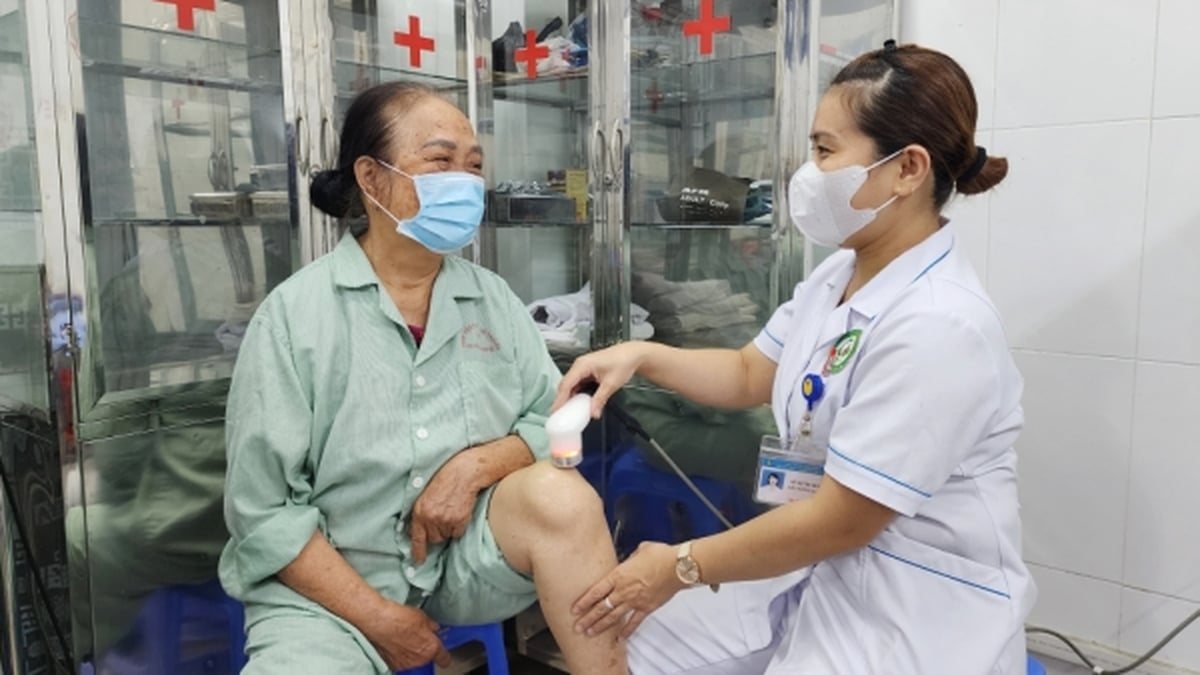


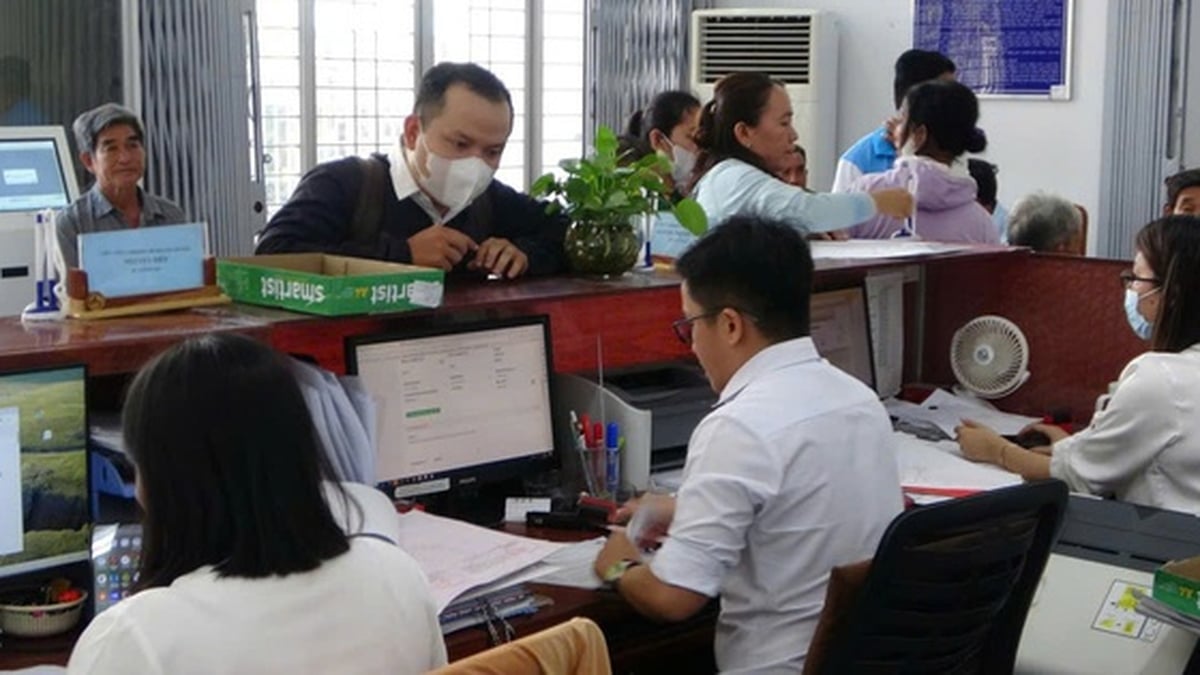














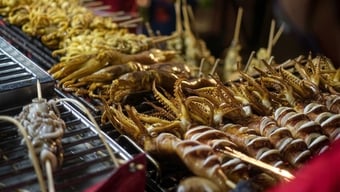





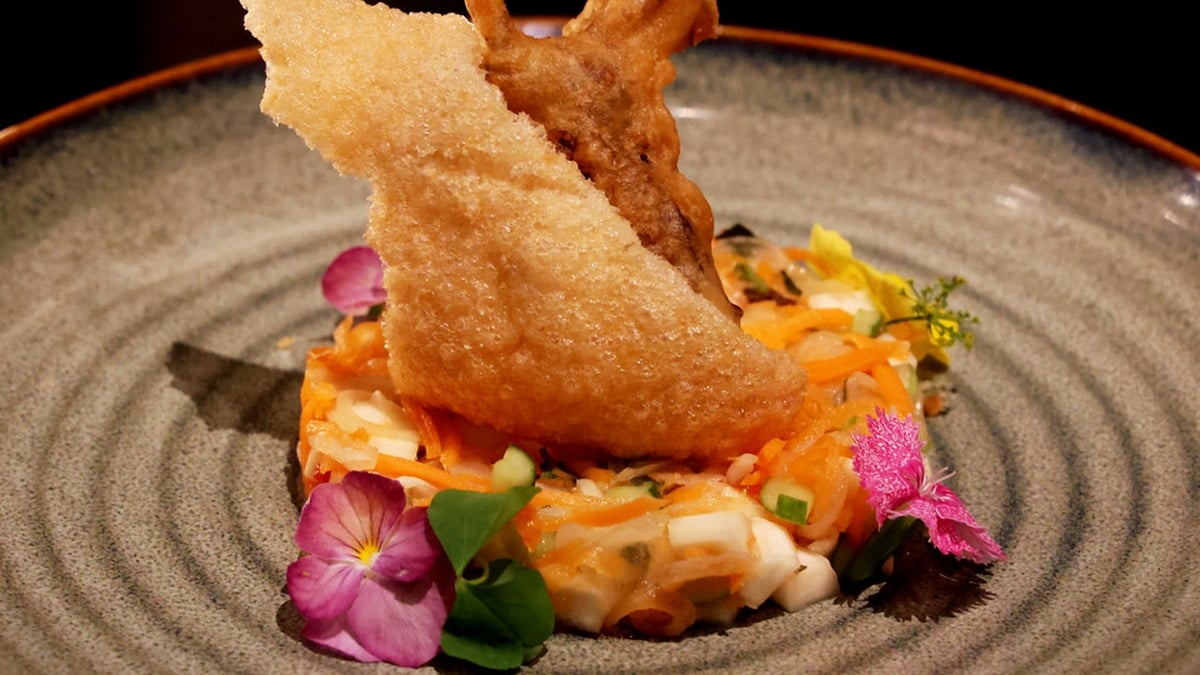

























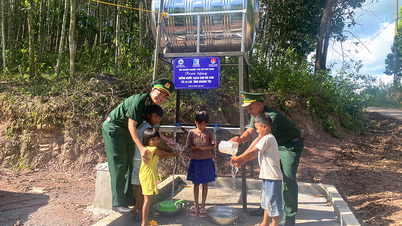








![[Maritime News] More than 80% of global container shipping capacity is in the hands of MSC and major shipping alliances](https://vphoto.vietnam.vn/thumb/402x226/vietnam/resource/IMAGE/2025/7/16/6b4d586c984b4cbf8c5680352b9eaeb0)
























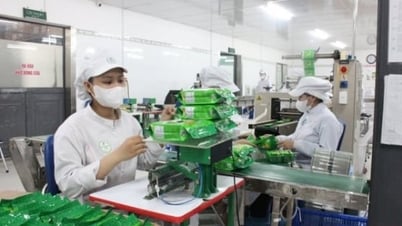













Comment (0)